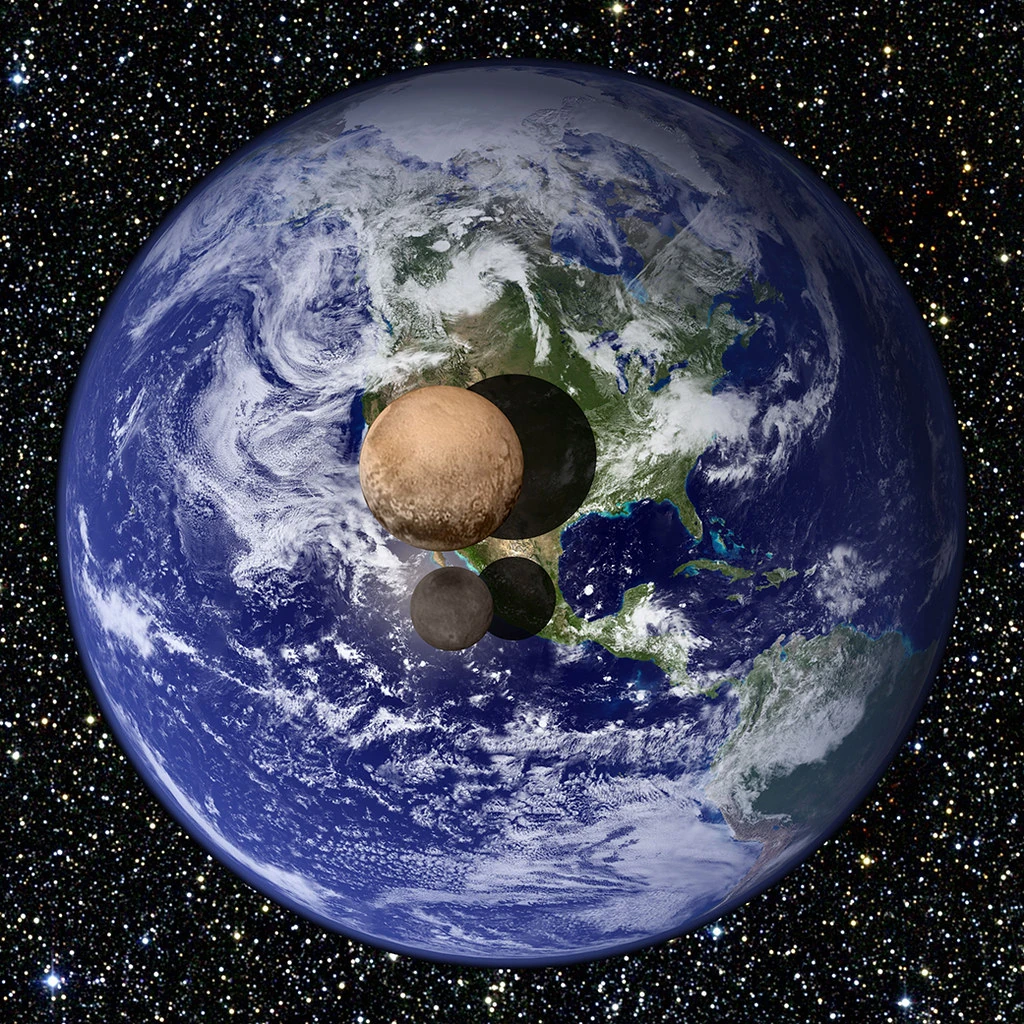- 6,914
- 6,631

Planet Curvature Scaling
For many feats of very high destructive power scaling from measuring sticks like humans, trees or even mountains becomes very difficult, because they are too small compared to the phenomenon we are scaling. For such feats scaling from the size of the planet itself can be of interest. However...

When Not To Use Curvature Scaling
I made a calc recently that angsizes the Earth (not fully visible in the panel) to find out how far the point of view was away. @KLOL506 commented to suggest I use curvature scaling, to which I replied "you only do that when you need to scale something near/behind the horizon AND you intend to...
This discussion is somewhat related to the linked thread. My thread's original purpose was to add more details to the reference page, but I encountered an issue.
General Example and Diagram
The basic premise of the reference page is that not all of the planet is viewable from a distance. I figured we could add similar diagrams of those below to show the point.
Using a unit circle, I made rough estimates of the maximum view.

1.00 Diameter away from Surface = 94% Max Diameter Viewable
0.75 Diameter away from Surface = 91% Max Diameter Viewable
0.50 Diameter away from Surface = 87% Max Diameter Viewable
0.25 Diameter away from Surface = 75% Max Diameter Viewable
0.10 Diameter away from Surface = 54% Max Diameter Viewable
and so on.
My observation of the trendline is approx. 16.2+17.4*ln(x) where x = %
Let me know if there is an existing formula for this sort of thing.
Real-World Example for Partial Planet View
With this in mind, I wanted us to add a real-life example to help portray the page's point. Below is a photo of Earth from the ISS.
The ISS orbits at 422 km or 0.033 or 3.3% Original Diameter.
From the above formula estimate, about 37% of the maximum diameter should be visible.
Earth's real diameter is 12742 km.
In comparison to the original image, the extended diameter of Earth is 5317 px.
The Panel Height is 694 px.
Based on the current formula on the reference page, the Corrected Earth Diameter is 2335.0 km or 18.3% of the Original Diameter.
Now we have a difference of about 18%.
Am I missing something? Is it because of the original FOV angle of the photo?